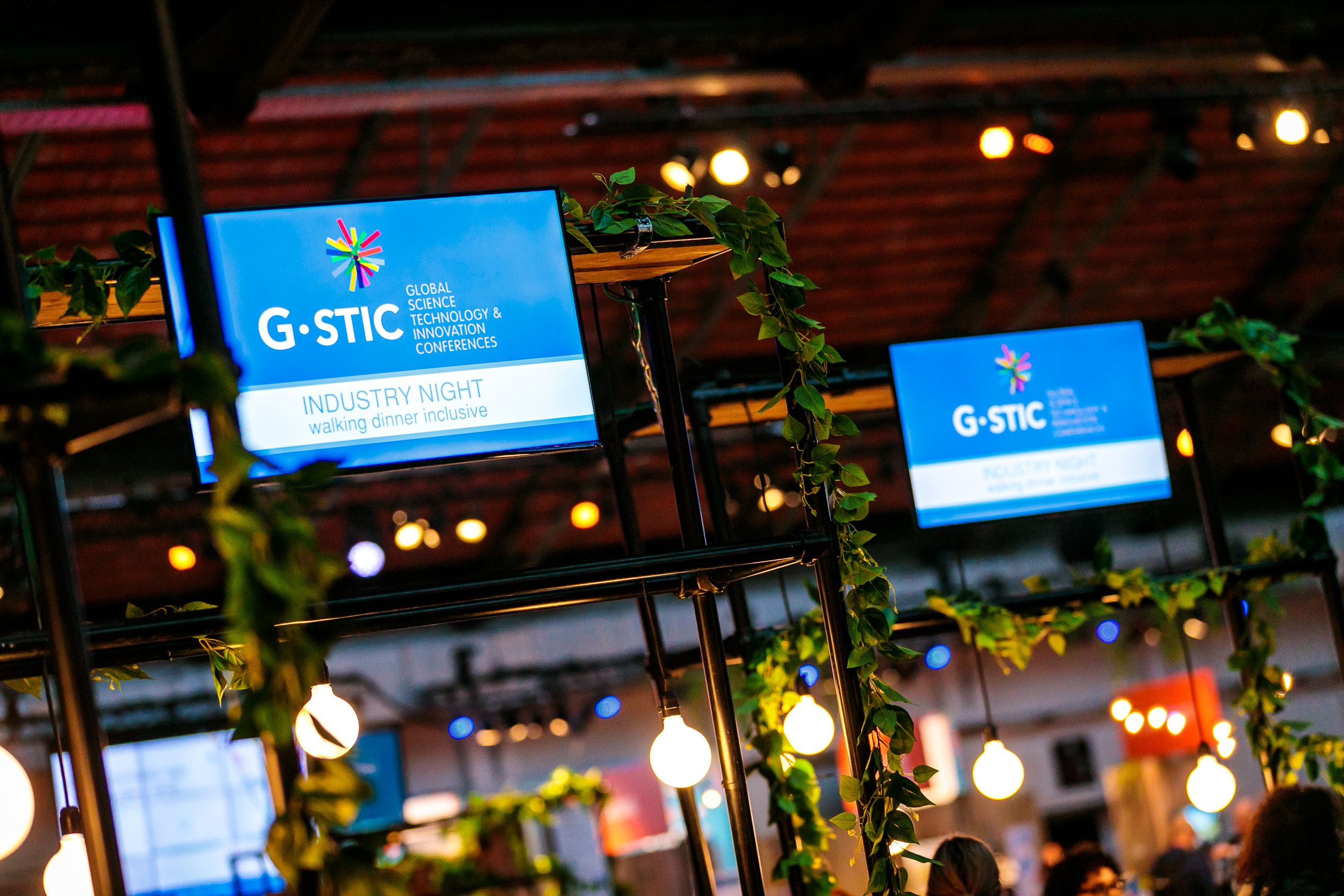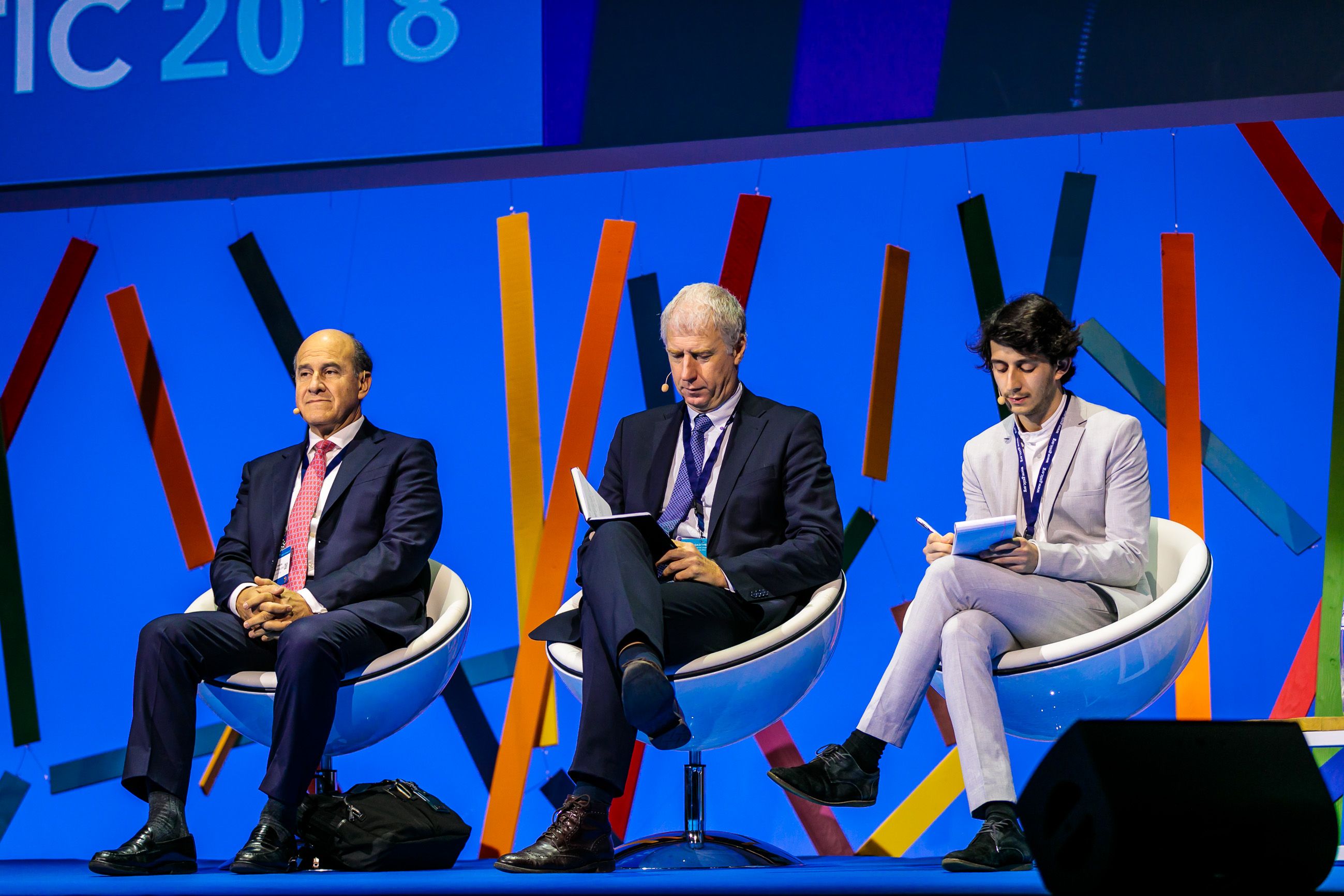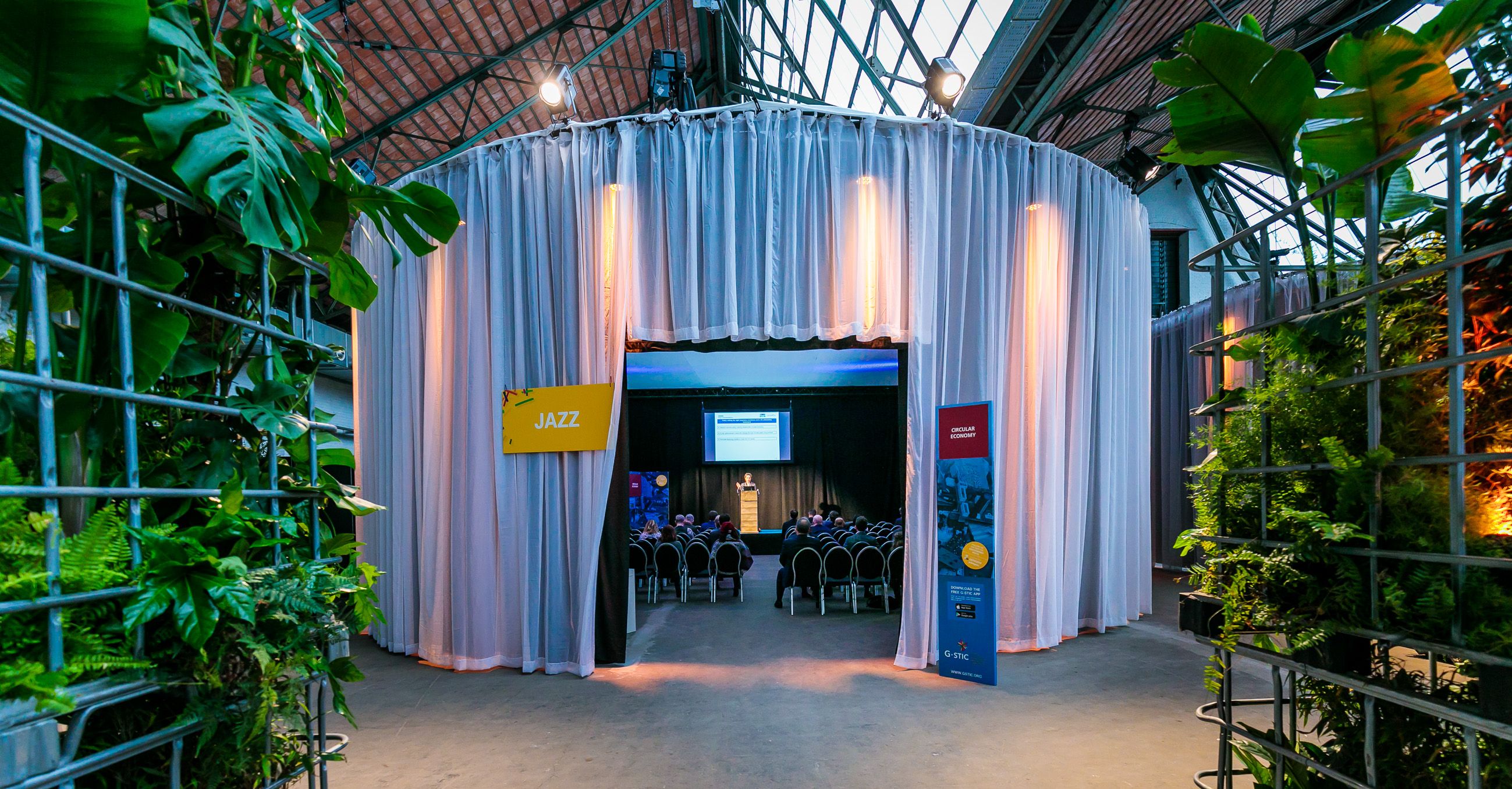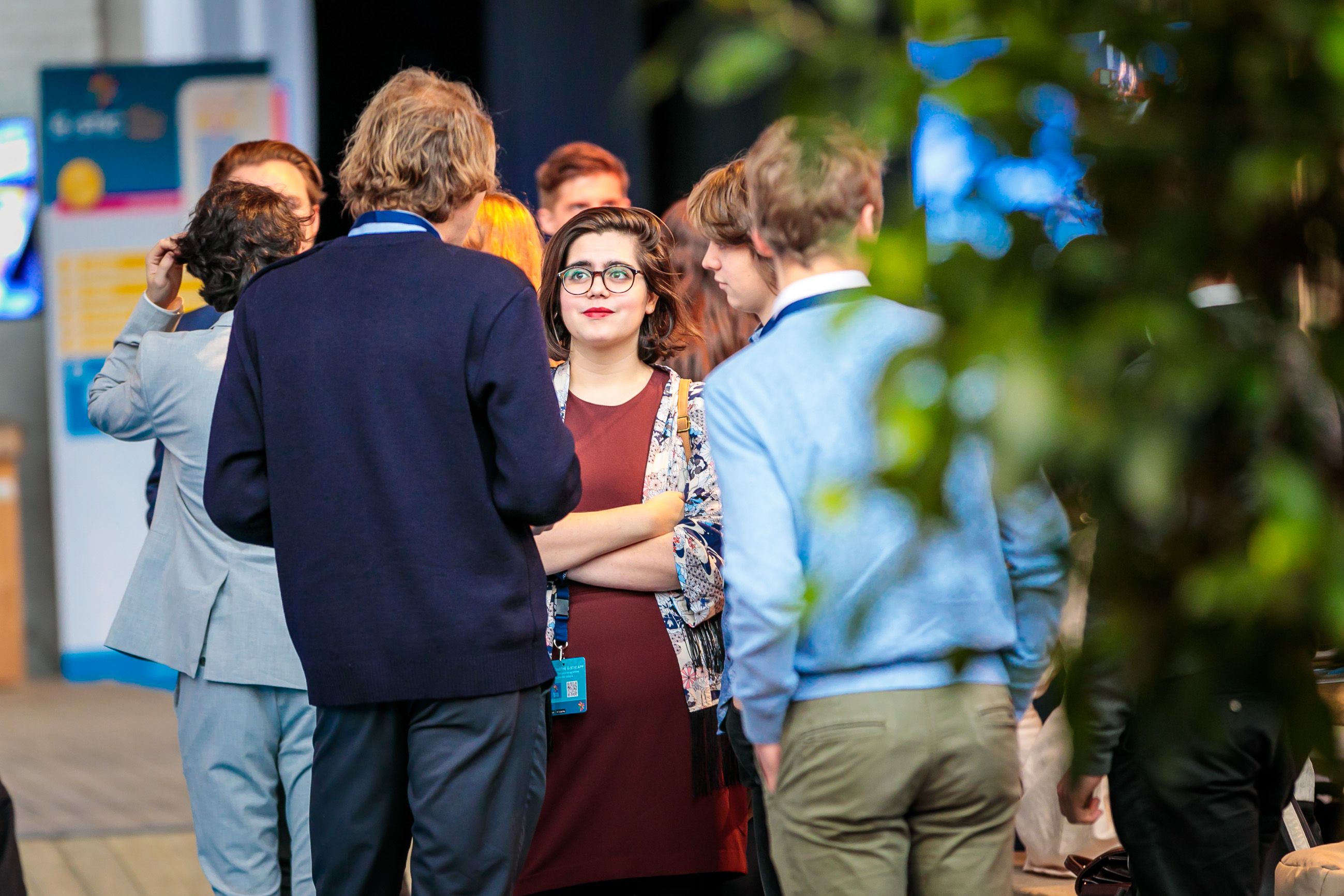Over 1300 participants from more than 90 countries joined G-STIC 2018 in Brussels from 28 to 30 November to review, discuss and identify technological innovations that can lead the world on a more sustainable development path. G-STIC participants included policy makers, technology researchers, business and industry captains, as well as members of civil society.
In 2015, the international community adopted the Paris Agreement on Climate Change and the 2030 Agenda for Sustainable Development, setting clear goals to shift the world onto a sustainable development path. Technological innovation offers excellent opportunities to realise that kind of shift, provided solutions can be deployed on a sufficiently large scale. That in turn requires policy and decision makers be aware of the technological solutions that exist and recognise their potential to contribute to achieving the Sustainable Development Goals. At G-STIC 2018, over 1300 experts met to discuss what needs to be done to make that happen.
Catastrophic wildfires destroyed more than 100,000 hectares of land across the state of California. Super typhoons flooded the Philippines and Southern China, urging the evacuation of more than three million people. Torrential downpours in southwestern Japan caused flooding and mudslides, destroying buildings and leaving thousands helpless and displaced. The impact of climate change on people’s lives has never been more profound. This rapid succession of climate disasters around the globe is telling us that we urgently need to do much more to keep global temperature rise well below the 2 degrees Celsius outlined in the Paris Agreement. We need to do much more to achieve the ambitious Sustainable Development Goals (SDGs) of the 2030 Agenda. We need to do much more to eradicate poverty, eliminate hunger, provide energy services to all and work towards a world where it is good for all to live.
Strengthening innovation efforts
Technological innovation offers excellent opportunities to do that, transforming current production and consumption processes and realising a worldwide change that improves well-being and prosperity for all. But for this to happen, our efforts toward technological innovation need to be strengthened. That’s precisely what G-STIC is all about. G-STIC is a series of Global Sustainable Technology & Innovation Conferences, co-hosted by VITO and its international partners ACTS, FIOCRUZ, IITD and TERI. G-STIC aims to catalyse the process of better utilising technological innovation to achieve the SDGs by 2030 and guide the world towards a better future, leaving no one behind.
Integrated technological solutions
One of the unique things about G-STIC is its strong focus on integrated technological solutions that are good for the planet, for the people and for the economy. Integrated technological solutions not just deal with one sustainable development challenge, but tackle multiple challenges at the same time to achieve significant social and economic benefits.
Local energy systems that generate and deliver renewable energy to cover the living and comfort needs within local communities are a typical example. The positive impact of such energy systems on local communities goes far beyond the delivery of energy services. They also help reduce poverty, increase employment and improve the quality of living through advancements in water supply, sanitation, health, education, and mobility. Besides, increasing the share of local renewable energy sources has a positive impact on global climate targets as well.
An urgent need for policy action
G-STIC 2018 provided several real-life examples of such solutions (relating to the conference themes of Agroecology & Food, Circular Economy, Education, Energy, Geospatial Data, Health, and (Waste)Water as a Resource), and gathered them in one forum. Examples include the integration of resource recovery in wastewater treatment facilities to create additional sources of income from the sales of bulk water, bio-energy or fertilisers, and the use of Remote Sensing data to help farmers improve food production or to develop insurance policies against drought and other natural hazards.
These examples confirmed that a lot of the technologies needed to achieve many SDG-related targets are available today. However, many policy and decision makers are not aware of the potential contribution of these technological solutions to achieving the SDGs. Policy action is therefore urgently needed if integrated technological solutions are to be deployed at a sufficiently large scale to make an impact. That’s why G-STIC does not just focus on identifying technological solutions that can make a significant contribution to achieving the SDGs. G-STIC 2018 participants also discussed what needs to happen to bring these integrated technological solutions to the market in different regions of the world, and what is needed to make the G-STIC findings most useful for policy setting.
Concrete recommendations
To translate the conference outcomes into tangible actions, G-STIC 2018 confirmed a strong commitment toward international processes that forward technological innovation for the SDGs. Starting from the real-life examples presented during the G-STIC 2018 thematic sessions and the related discussions on what is needed to bring technological solutions to the market at scale, G-STIC 2018 delivered several examples that can be input to these international processes.
These examples will be further consolidated into concrete recommendations on integrated technological solutions that promise to have a significant impact on the achievement of the SDGs. Complemented by easy-to-use checklists for public and private decision makers, and an identification of barriers to – and policy changes required for – their deployment at scale, these recommendations will help accelerate technological innovation for the SDGs.









